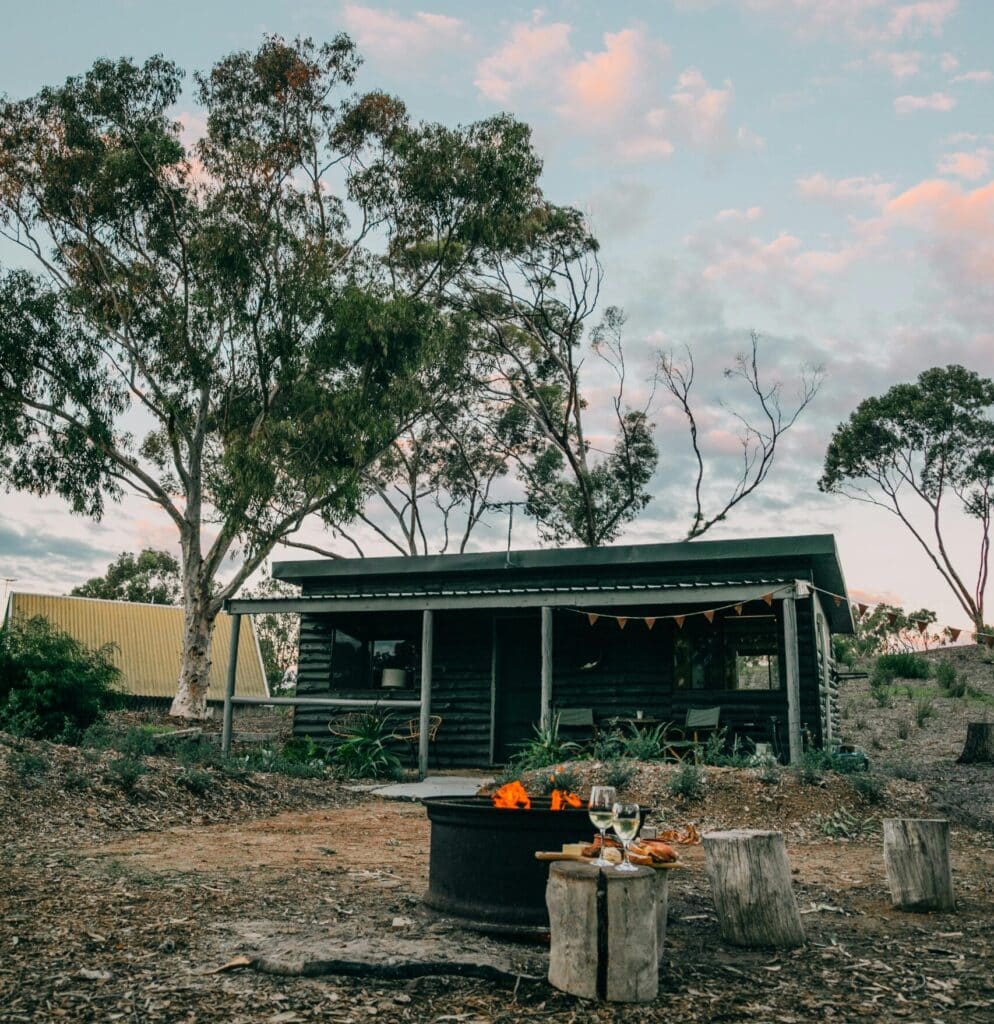BAL ratings are necessary to determine the risk a bushfire poses to your property, including your granny flat. They are designed to protect properties and their owners by letting them know what steps to take against bushfires. BAL ratings are calculated using a broad array of different factors including bushfire probability and the vegetation surrounding the property. Regular BAL Assessments are important to ensure that your property remains safe and functional.
What is a BAL rating?
A BAL rating is a scale used to determine what your property’s bushfire attack level is. Firstly, it takes into account the likelihood of the property suffering an ember attack. Ember attacks refer to when tiny burning embers are carried to your property and ignite flammable materials in and around it. Another factor that BAL ratings include is the impact that radiant heat from a bushfire could have on your property. This has the potential to cause damage or ignite certain flammable materials. And finally, BAL ratings look at what the chances are of a direct flame contact when a bushfire does hit your home.
How is a BAL rating calculated?
A BAL rating is calculated by examining the primary risk factors for a bushfire affecting a property. This process occurs in four main stages. The first stage is to determine the property’s Fire Danger Index (FDI). This is a measurement of the probability that a bushfire may occur. The next step is to assess the vegetation type on the site of the home. Different types of vegetation may pose a greater bushfire risk. After that, you measure the distance that the vegetation is from the property. And finally, you have to determine the gradient of the slope the land is on, as this affects how a bush fire spreads. If you have all of this information, you can use a BAL rating calculator to determine your property’s BAL rating or score.
What are the six BAL ratings?
There are six BAL ratings, ranking from BAL low to BAL FZ, and increasing in severity. The assigned BAL ratings determine the necessity of bushfire resistant construction for a property.
BAL low
This rating means that bushfires do not post a significant risk to your property. At a BAL low rating, your property is not required to have bushfire resistant construction.
BAL 12.5
This rating means that your property is at a low risk of ember attack. However, properties at a BAL 12.5 rating will require some structures to be resistant to fire.
BAL 19
This rating indicates an increasing risk of ember attack and an added risk of burning debris ignited by those embers. And to go along with this, there is also an increase in radiant heat.
BAL 29
Similar to BAL 19, this level marks a further increase in the risk of ember attacks, burning debris as well as the intensity of radiant heat.
BAL 40
This level means that the risk of ember attacks and burning debris has become significant. Properties built with a BAL 40 rating have a high chance of being exposed to real flames.
BAL FZ
This level indicates direct exposure to flames from a bushfire, as well heat flux and an ember attack from burning debris. Properties with a BAL FZ rating are considered to be in a flame zone.

What is a BAL assessment?
A BAL assessment is the assessment conducted in order to ascertain a property’s BAL rating, and risk of bushfire. It can be carried out by a property owner, but should a registered building surveyor not be satisfied by its accuracy, they can request that you engage an accredited assessor to redo your rating. The results of the assessment can have a significant impact on your granny flat build, so it’s important to get it right.
How long is it valid for?
BAL ratings are only valid for 12 months before they must be reassessed to take into account the change in surroundings and climate. Getting your BAL rating reassessed regularly is important to ensure the safety of your property.
What impact will the BAL rating for my property have on my build?
The impact a BAL rating will have on your property depends on how high the rating is. In some cases, a BAL rating can prevent a property being built. More usually, it will dictate what kind of materials are used, and may add to the cost.
Cost
Higher BAL ratings come with increased building code requirements, which can mean more expensive building materials or techniques to improve your property’s fire resistance. It might also mean a building design or a change to landscaping, both of which can add cost to your build.
Materials
There are a number of flame-resistant materials that could be incorporated into a build to reduce risk. Non-combustible cladding, like metal or brick, instead of wood, increased insulation and a change in roof pitch are all methods to reduce risk. Meanwhile, building techniques such as specialised doors and windows with fire-resistant glazing will also improve your property’s fire resistance. Figuring out a BAL rating early helps you incorporate the right materials into your granny flat’s design.
Do BAL ratings apply to granny flats?
Whether or not a BAL rating applies to your granny flat depends on where you build it. BAL ratings only apply to properties being built in a bushfire-prone area. Trying to juggle all of this information might be a bit overwhelming. Granny Flats WA can help you navigate your way through this information as well as any other necessary granny flat approvals. We can take you through every stage of the process from concept to completion. Contact us today and let us help you.

